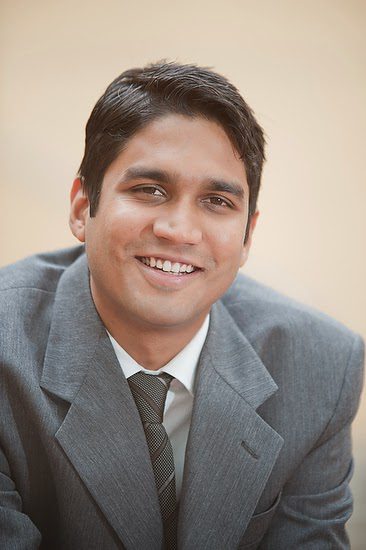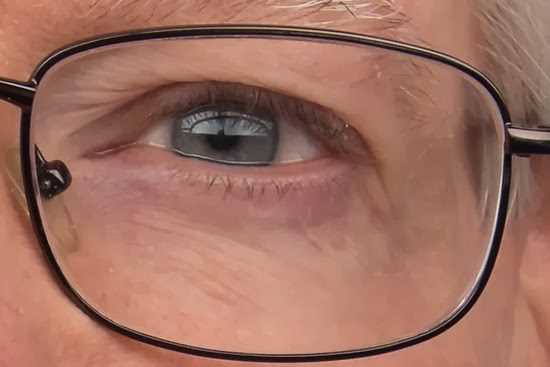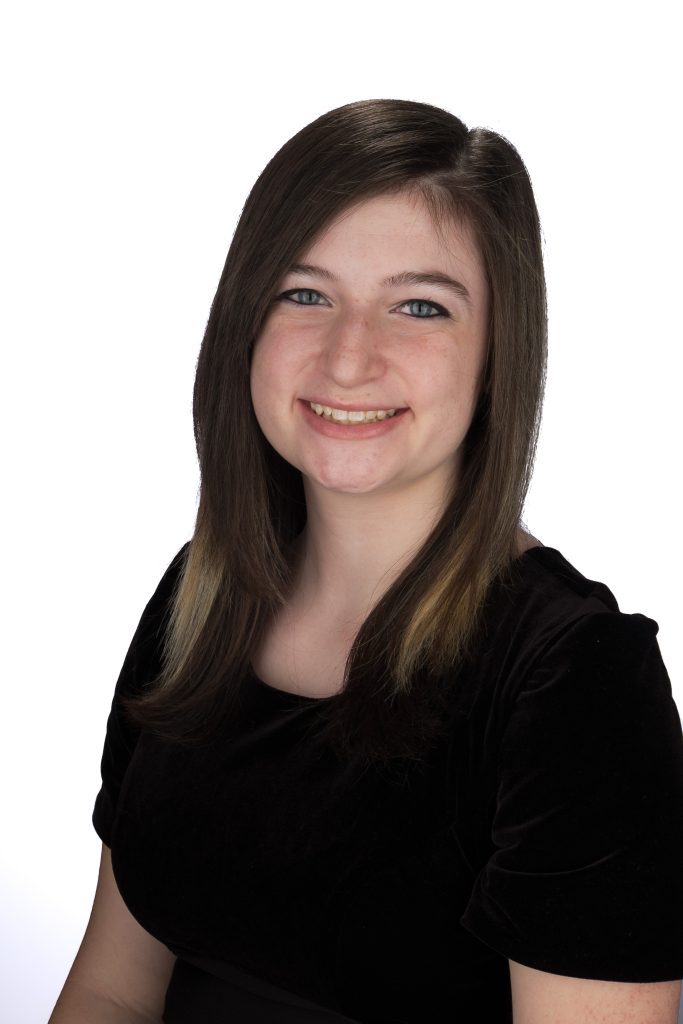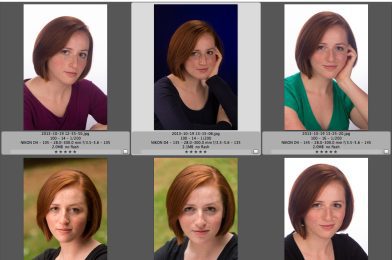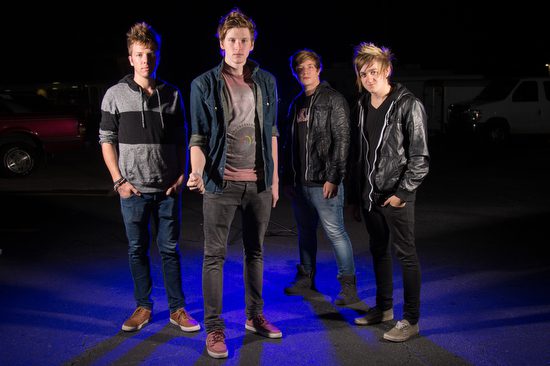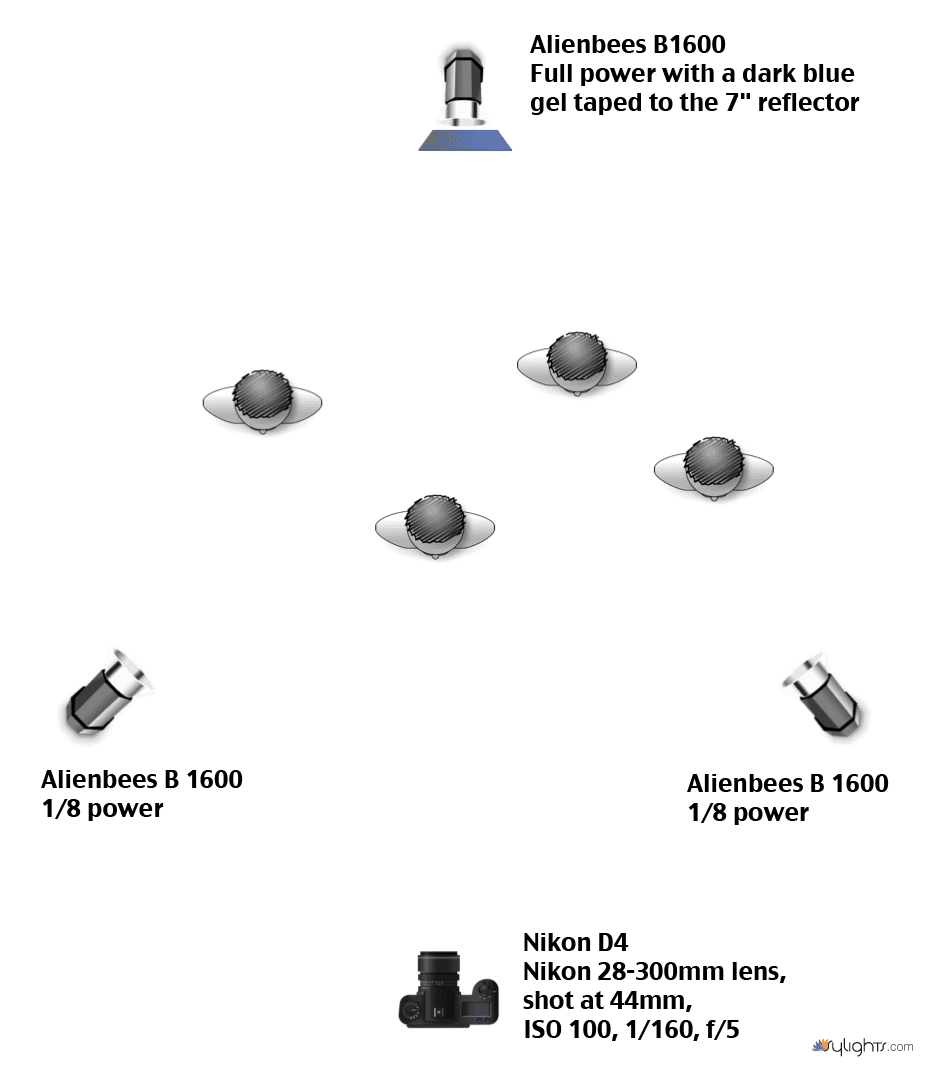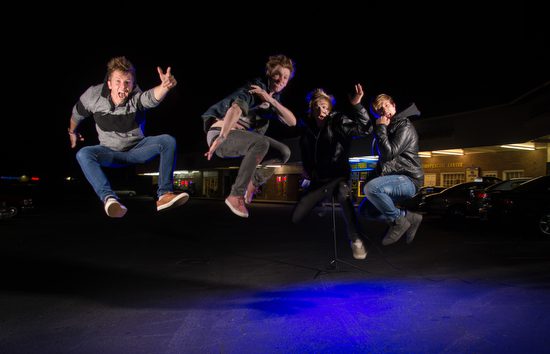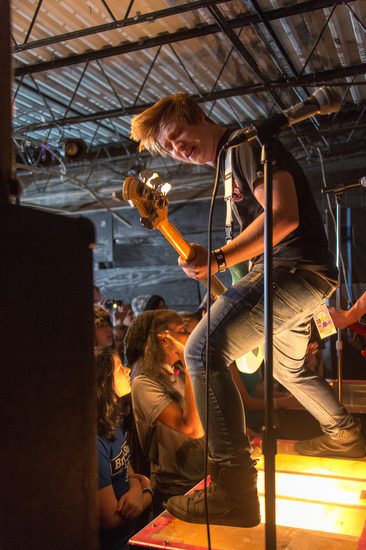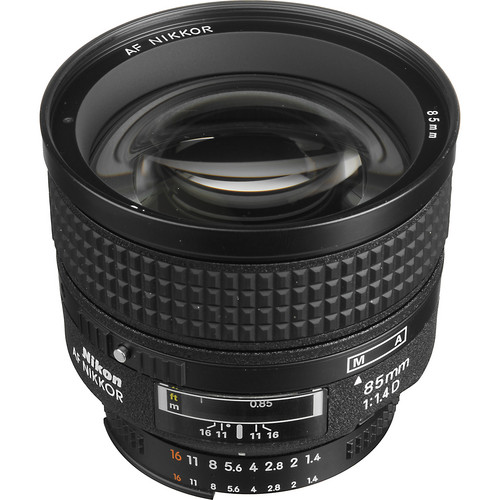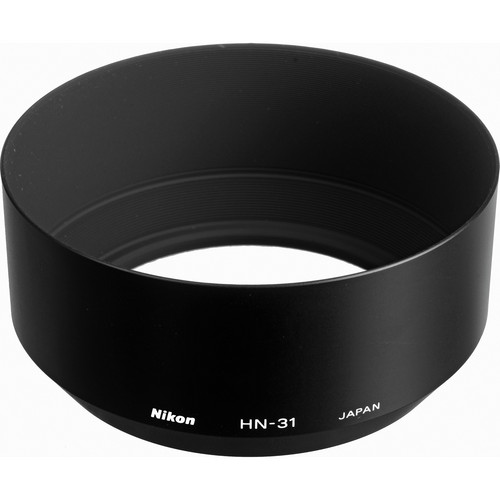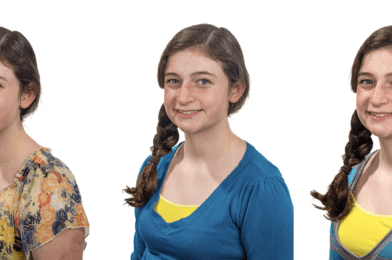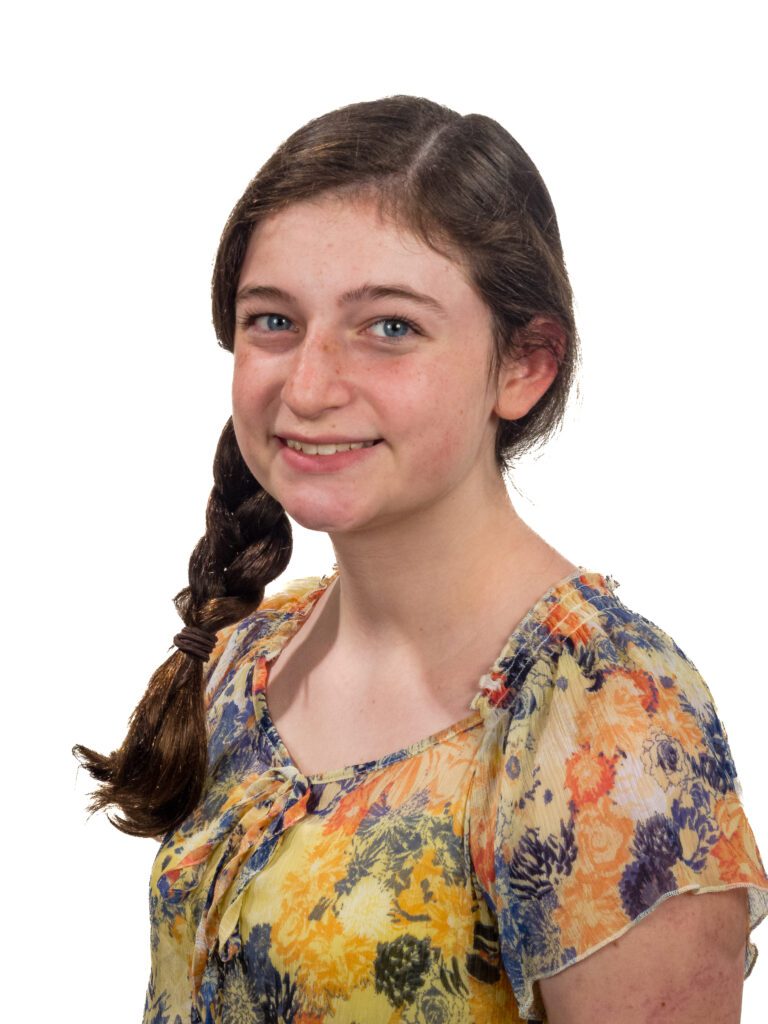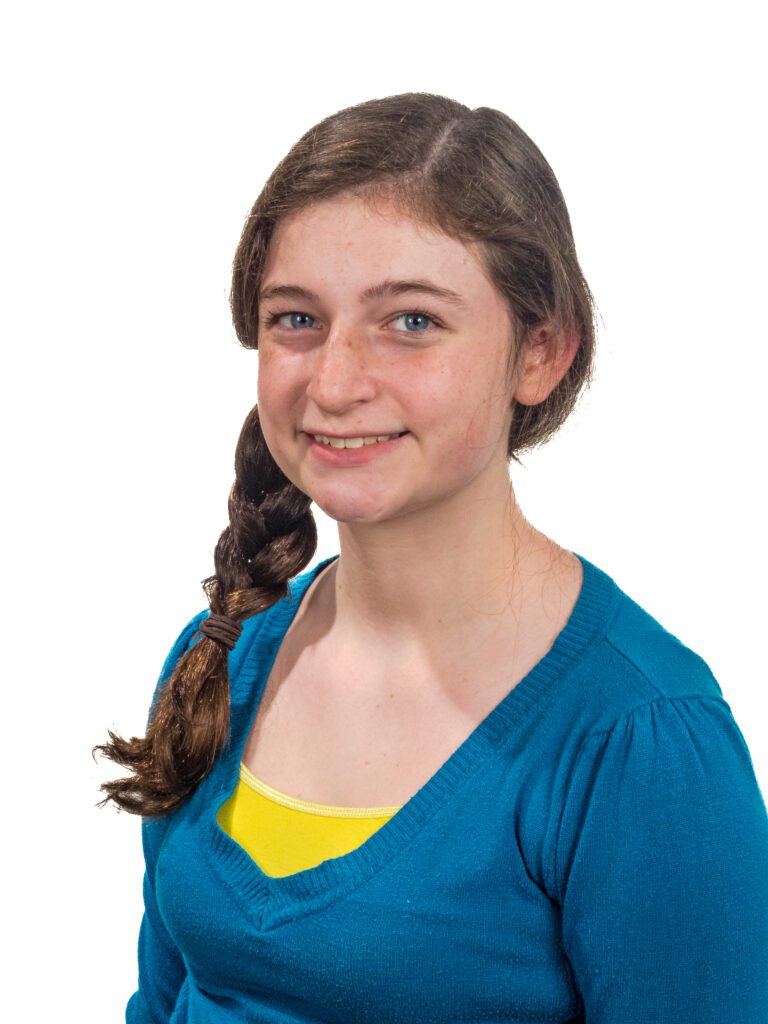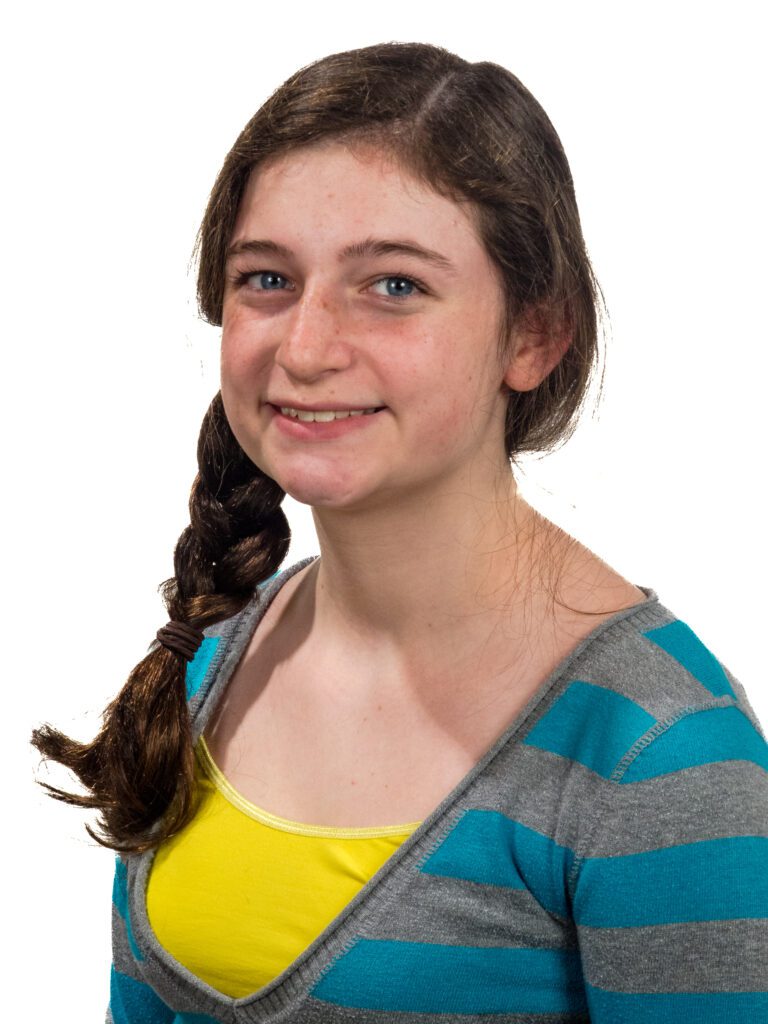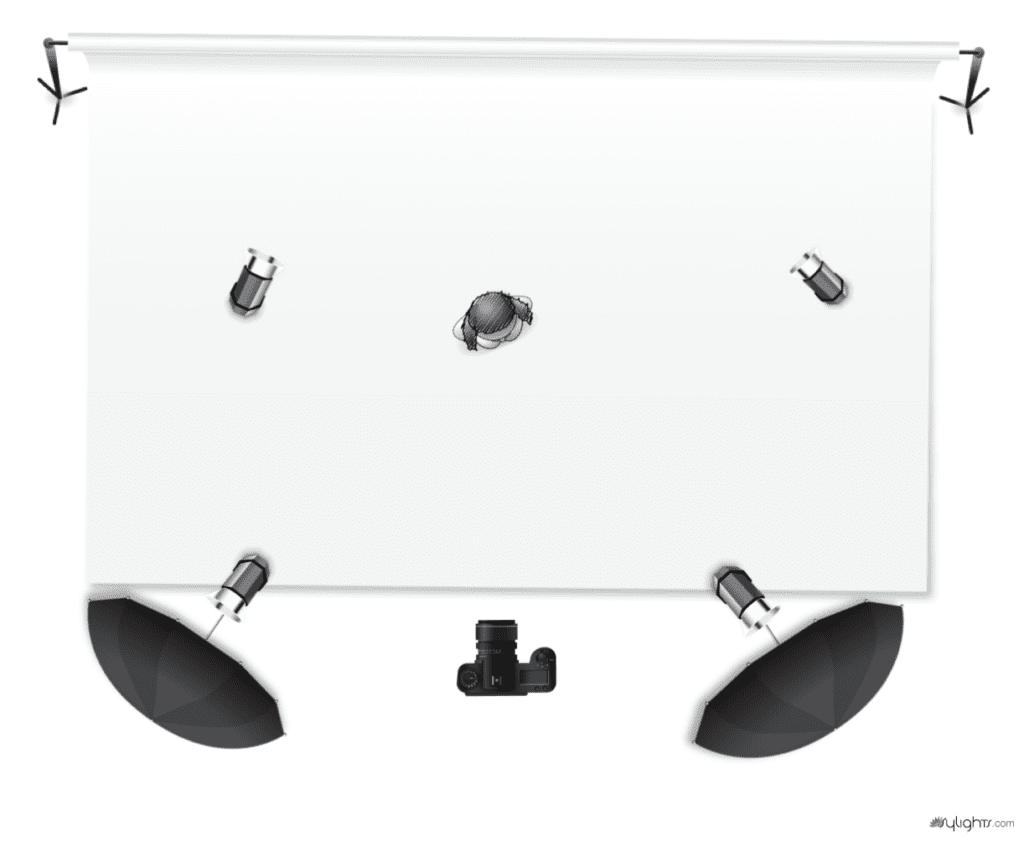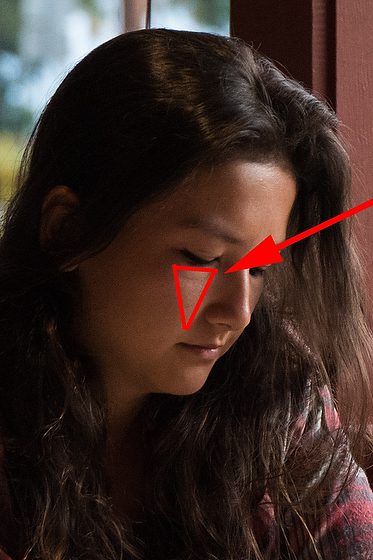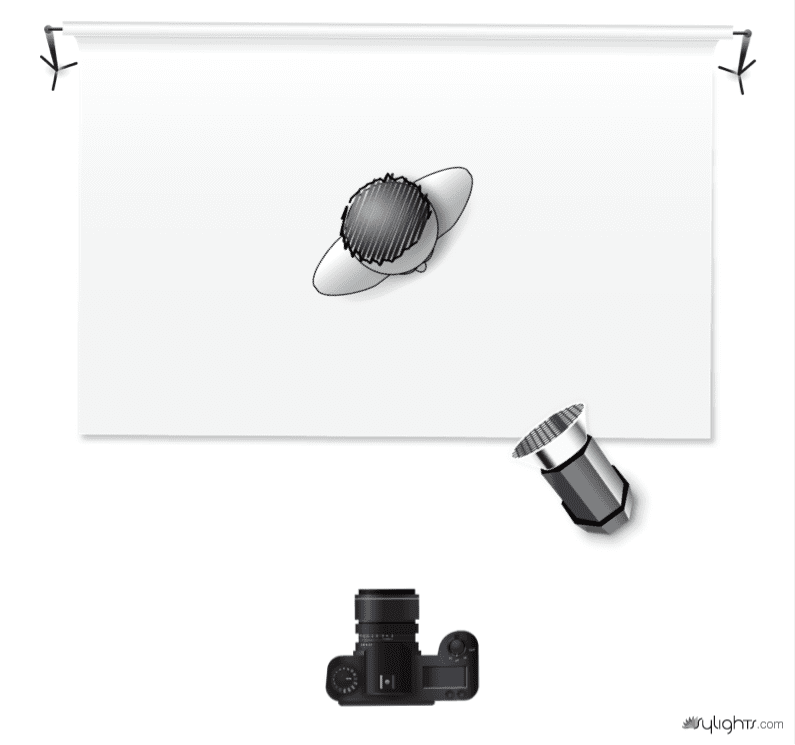 |
| Nikon D3S, 85mm ƒ/1.4, ISO 200, ƒ/1.4, 1/5000 |
A couple of years ago, I made environmental portraits of the students in the executive MBA program at Georgia Tech. I would take about 15 minutes to walk around with the student at the campus and create the photos you see here.
The setup for all these photos is pretty simple and not all that different in each image.
KISS Method
Keep It Simple Stupid: I think TTL off-camera flash is effortless to use. If it is too bright, turn down the flash by adjusting the flash compensation to -1, -2, or whatever. If too dark, go in the opposite direction of +1, +2, or more.
You can make the background darker by underexposing the camera by adjusting the exposure compensation the same way you did the flash, except this time, you change the camera and not the flash.
 |
| Nikon D3S, 85mm ƒ/1.4, ISO 1000, ƒ/1.4, 1/8000 |
I cranked up the ISO a bit in this photo to lighten the background, and the flash is just winking.
 |
| Nikon D3S, 85mm ƒ/2.8, ISO 200, ƒ/1.4, 1/125 |
The basic setup never changed, and I moved around to get the three different looks. However, I still wanted some variety, so we moved.
 |
| Nikon D3S, 85mm ƒ/1.4, ISO 200, ƒ/1.4, 1/1600 |
I moved him to the street from the courtyard. I thought this caught the “executive” look a little better.
 |
| Nikon D3S, 85mm ƒ/1.4, ISO 200, ƒ/1.4, 1/1000 |
I like the shallow depth of field so that I am helping the subject “pop out” from the background. Shallow depth of field is a way to take a busy background and still use it but subdue it.
 |
| Nikon D3S, 85mm ƒ/1.4, ISO 200, ƒ/1.4, 1/1600 |
Other than changing locations and keeping the depth-of-field shallow, I kept the camera below eye level. This is because I wanted the audience to look up to him. This is my way of trying to create a sense of authority.
While the flash helped add catch light in his eyes and give some shape to his face, it also had another benefit. It assured me that I was using a full spectrum of light, helping me render the best skin tones.
Take your camera, find a subject, and shoot your own “executive” portraits.

